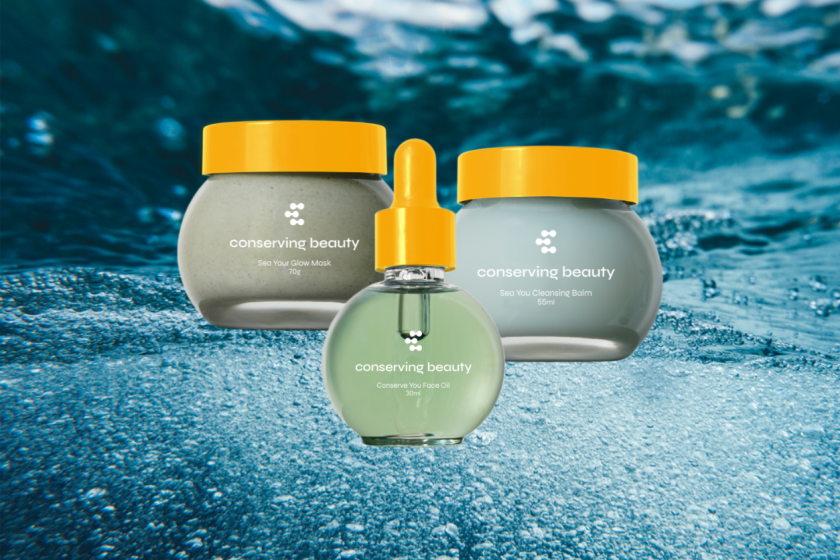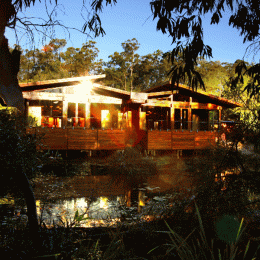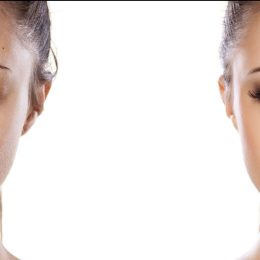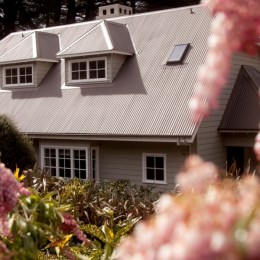We speak to Natassia Nicolao, founder of Conserving Beauty, about water footprints, responsible skincare and the future of waterless beauty.
The beauty and cosmetics industry is notorious for its plastic consumption, producing more than 120 billion units of plastic packaging each year. But equally as devastating to the environment is the industry’s use of water. It often makes up more that 80 per cent of skincare and haircare products, used to dilute potent active ingredients or even just as a cheap filler ingredient. And while it may save brands money, it is costing the earth.
Cue: the new wave of sustainable, waterless beauty. Anyhydrous skincare, haircare and cosmetics are poised to be the next big thing and change the landscape of beauty for the better. Keeping in mind that water is not a limitless source and that one in three people lack access to fresh drinking water globally, these brands are (literally) reformulating sustainability in the industry – think powder cleansers and masks, water-free face oils and shampoo bars.
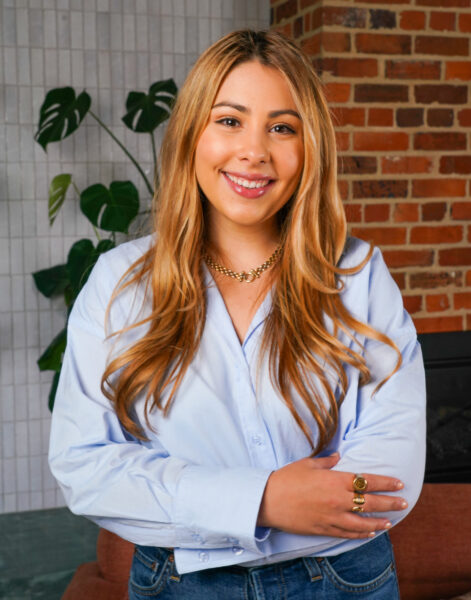
Australia’s first water-responsible skincare brand, Conserving Beauty, has just launched with three hero products – a cleansing balm, mask and face oil – with a mission to reduce the beauty industry’s water footprint.
We speak to Natassia Nicolao, biochemist and founder of Conserving Beauty, to find out more about waterless formulations and the importance of water conservation.
What inspired the launch of Conserving Beauty?
NN: I always knew I wanted to create something that could positively impact people and our planet. When I completed my Bachelor of Science, I found myself working in the beauty and wellness industry across ethical sourcing, supply chain, product development and later in sales and marketing. It was clear to me that the world didn’t need another beauty brand, but it did need a movement that could create change.
I started with the concept of uniting ESG principles with beauty, to create products that could not only conserve our beauty as consumers, but the natural beauty of our planet. With guidance from the Sustainable Development Goals and United Nations declared Water Action Decade, I worked to reimagine a standard beauty product’s lifecycle to help conserve our most precious resource — water. By removing water from our products, we could ensure that all the pure ingredients we include in the formulas are never watered down, and our precious natural resources are never wasted. At Conserving Beauty, we believe that waterless is more — for us as consumers, for our formulas, and for the planet.
What exactly is a water footprint and what responsibility to brands/businesses have to reduce theirs?
NN: Everything we use, wear, buy, sell and eat uses water to make. A water footprint measures the amount of water used to produce each of the goods and services we use. It was defined by the Water Footprint Network to help us understand how our production and consumption choices are affecting our global water supply. Water Footprints include all direct and indirect water used at each stage of a product lifecycle and takes into consideration where the water is taken from and when.
Given we are living in a Water Action Decade as declared by the United Nations in 2018 to help accelerate efforts to solving our global water crisis, it is our collective responsibility as consumers and brands to sustainably manage our water footprint.
Conserving Beauty is proud to be the first global beauty partner of Water Footprint Network (WFN), the leaders in water footprint assessment. Together we are running a custom research project to manage our exact water footprint so we can track and share our savings with our community. We will also work closely with the WFN team to ensure it remains as minimal as possible. We are excited that they believed in our project and have helped us on our water conservation mission.
Isn’t it necessary to dilute certain ingredients? And if so, how did you create waterless formulations?
NN: At Conserving Beauty we choose to formulate without water and focus on a gentle and effective ingredients that provide a direct benefit to our skin. All our anhydrous formulations include 13 ingredients or less without animal products, fragrances, preservatives, palm-oil and palm-derived ingredients.
What is the purpose of water in most other beauty products?
NN: Most beauty products contain 70–90 per cent water — not to mention the additional water footprint created throughout the supply chain to create each product. The is because water is a cheap solvent so it helps keep costs down, and it can be required for water-soluble active ingredients. Water doesn’t have a direct active benefit on our skin topically, as it often evaporates and isn’t absorbed.
I knew that ultimately to be a conscious beauty brand, it starts by being water responsible and managing our water footprint. Not only do we formulate without water, we also manage our water footprint at every stage of our supply chain and are running a custom research project to measure our exact water footprint so we can track and measure our water savings to share with our community.
At Conserving Beauty, we believe that waterless is more — for us as consumers, for our formulas, and for the planet.
Conserving Beauty contains no preservatives. Why is this and does it affect product efficacy or expiry at all?
NN: Anhydrous formulations don’t need preservatives and bacteria grows in water and moist environments. We are not against preservatives as there are so many great ones available, however, we simply don’t need them in waterless formulations. Our products have a 24-month shelf life and 12 months after opening like majority of the products in market.
What are biodegradable formulations and why are they so important?
NN: Biodegradable formulations are important at Conserving Beauty as we care about what could potentially pollute our waterways which impacts our water footprint. We take into account if any ingredients within the formulation could pollute our waterways and impact our marine ecosystem. For example we don’t use exfoliating microbeads and package our products in glass to avoid any potential plastic leeching.
How much does the skincare market affect global water supply/wastage?
NN: The beauty industry has become too heavily reliant on our freshwater resources. At Conserving Beauty, we are on a mission to help reduce the beauty industry’s water footprint through creating groundbreaking waterless innovative products and water conservation research.
How can we find out how much water is in our skincare products?
NN: Each product would vary and you would have to ask each individual brand what the water % is. As a guide most products contain 70% – 90% water, which is why ‘Aqua’ is always listed as the first ingredient in the INCI list on a product. This still doesn’t account for the water footprint created throughout the supply chain to make each product.
What do people need to know about water insecurity and conservation?
NN: Water is a finite resource, and we are living in a Water Action Decade. We can only use approximately 1% of our freshwater resources which is not enough to sustain all life on earth. Not only do we need water to physically survive, we need water to create everything we use including our food, clothes, and transport. As a collective, we all need to seriously think about ways to reduce and sustainably manage our water footprints as we cannot live without it.
To us at Conserving Beauty, conservation is about considering an entire product lifecycle rather than focusing on one element, such as packaging. We focus on ensuring we have a transparent ethical supply chain where we can trace all ingredients back to the growers, conserve our natural resources, reinvest profit back into our ecosystem, protect the people within our supply chain, and ultimately manage our water footprint, carbon footprint and waste footprint.
The best place to start if you’re curious or want to do more is education. There are so many great resources including podcasts, books, and documentaries. Knowledge can form new habits that lead to real impact.
What’s next for Conserving Beauty?
NN: This is only the beginning for our water-responsible mission within the beauty industry. 2022 is going to be a big year for Conserving Beauty. We have some exciting waterless technology that will be used in our upcoming product development which will launch across multiple products throughout 2022.
DID YOU KNOW
There are 5 ways you can catch up with SPA+CLINIC?
- Our quarterly print magazine, delivered to your door. Subscribe here.
- Our website, which is updated daily with its own completely unique content and breaking news.
- Our weekly newsletter – free to your inbox! Subscribe here.
- Our digital magazine – click here to view previous issues.
- Our social media – see daily updates on our Instagram, Facebook & Linkedin


